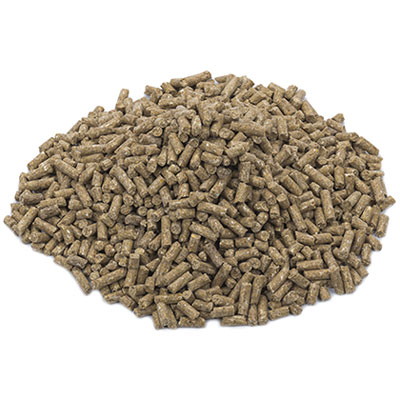Dairy Advice - Spring
Making the Most of Peak Milk
A strong and sustained early lactation is critical for the health and performance of the cow. It’s also a stressful time for the animal that’s recovering from the ordeal of calving, not to mention struggling to meet the increased feed demand. Until the rumen returns to working at maximum capacity, it’s not unusual for cows to draw on their body energy reserves (i.e. body fat), resulting in a negative energy balance and ultimately loss of condition.
Natalie Hughes, SealesWinslow Science Extension Officer, explains that optimisation starts during the transition period, with a focus on dry matter intake. “Managing the intake post calving is absolutely crucial.
“The key is to provide energy-dense feed, such as pellets, which take up less space in the rumen than bulky feeds.”
Natalie emphasises the importance of assessing feed in terms of its overall nutritional balance – metabolisable energy content, fibre and protein. (See “Focus on Nutrition” overleaf.)
Dietary starches are important for promoting milk production, while the right mineral mix also plays a big role. Specific minerals to pay attention to include calcium, phosphorus, magnesium, copper, cobalt, zinc, iodine and selenium. They need to be regularly supplemented if they are not present in adequate levels in the feed.
Natalie suggests that best practice feed management should include regular herbage testing. “Because it gives you accurate information about nutrients in your feed,” she says, “it enables you to identify and address any gaps that could limit production.”
Pasture management during the post-peak decline is an equally important aspect for optimisation. Pasture surplus, which is typically encountered during spring, needs careful management. If not managed properly, it can result in a low-quality pasture over the summer months – a time when it’s crucial to have feed on hand to optimise milk production.

Hi Energy Hi Starch
A fully balanced pellet that provides a range of starches with different break down rates. This makes the starch available in the rumen for longer and creates a more stable and efficient environment. The additional energy from bypass fat doesn’t interfere with rumen function so it’s a safe way to boost dietary energy.

